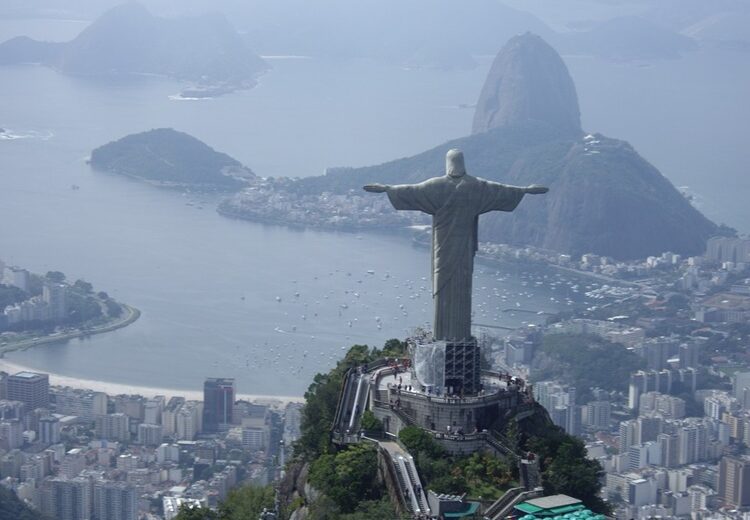Brazil begins bounce back

When Jim O’Neill, chief economist for Goldman Sachs, first coined the BRIC acronym in 2001, he had grouped together four countries that he thought would shape the world economy by 2041.
As the B in BRIC, Brazil had been seen as an economy to watch. In the ten years leading up to the coining of the phrase its economy had been erratic. Despite this Brazil’s economy grew by 2.5% across the ten years, which was a touch lower than the global growth of 2.7%.
The next decade saw the economy grow further, although the 2008 global financial crisis prompted a contraction of -0.1% the following year.
Then President Luiz Inácio Lula da Silva had reached the end of his maximum permitted term, and, following a run-off in late October 2010, Dilma Rousseff was elected as the new President. Rousseff, from the same PT political party as her predecessor, was inaugurated on January 1 2011. The economy that she inherited was in good shape, having grown by 7.5% the previous year.
Rousseff’s first years in office were generally seen as successful, especially as she reduced federal taxes on energy bills and many household items. This helped her approval rating in the country jump up as high as 79%.
But, although she was popular, none of her measures helped boost the economy further. Brazil continued posting GDP growth, but this was erratic, jumping from 4% in 2012 to just 0.5% in 2014.
Things started to go wrong at the beginning in 2015. Rousseff was implicated in the Petrobras scandal that rocked Brazil that year, and was impeached in August 2016. The economy contracted by 3.8% in 2015, and by a further 3.6% in 2016.
But Brazil has begun to bounce back. Economic data for the first quarter of 2017 showed slight growth of 1%, and there are indications that, by the end of the full year, this could go up to 2%. Stability and confidence has begun to return to Brazil, with inflation dropping to 2.78%, the lowest amount in 18 years.
Inward foreign direct investment also looks set to rise in 2017. Although this had fallen from $73 billion in 2014 to $57 billion in 2016, the $18 billion during the first quarter of 2017 is already 50% higher than the same quarter in 2016.
The steadying economy has also had a positive effect on the number of business jets in Brazil as well. According to JETNET, the US based business aviation market research company, the current fleet has been increasing, although the yearly percentage increase has slowed from 4.1% in 2014 to 3.6% in 2016. However by the midpoint of this year the fleet has already increased by 3.4%.
Next week we should see how confident the Brazilian, as well as the rest of the South American, business aviation community is, as the Latin American Business Aviation Conference and Exhibition (LABACE) opens its doors in Sao Paulo, Brazil.
Although we aren’t expecting much news, the show has always been seen as a barometer of the mood on the continent. Brazil isn’t of course the only country in South America, but as the largest, all eyes will be on it for continuing signs of recovery.








